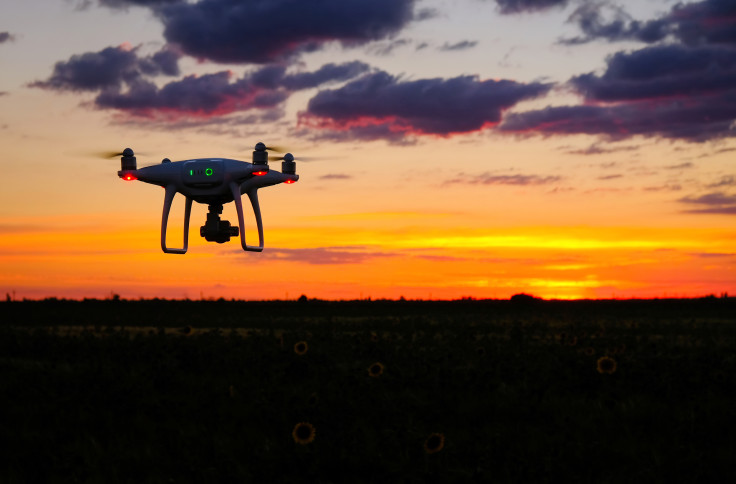
Anything you can do, I can do better. At least that seems to be the philosophy nowadays at the southern border as officers, smugglers and cartels are all constantly finding ways to one-up each other when it comes to technology and counter-technology
. Drones have become common practice for both the CBP and smugglers, while just last week Mexican authorities seized 24 surveillance cameras installed by drug cartels palm trees at the border city of San Luis Rio Colorado.
The newest development came this week as NewsNation revealed that members of "Cartel del Noreste" are using disruptors to interfere with CBP drones in an effort to secure the southern border. Officials claim that the devices being used by the cartel can detect nearby unmanned aircraft systems and then generate a loss of signal between the drone and it operator, causing it to lose control and crash.
Border officials added that the gun like devices, which can radiate their signal in a cone shape or 360 degrees, are most effective from about a mile away. In fact, they become more effective the farther away the drone operator's remote becomes from the aircraft.
Brandon Judd, the president of the Border Patrol Union, told the outlet the the alert is a "knee-jerk reaction" to something that the agency should have already been monitoring. "Here we have a bulletin that goes out that says, be careful," Judd said. "Well, they should be careful anyway."
Back in June, DPS Colonel Steve McCraw testified before the state Senate Committee on Border Security that the Texas National Guard began a drone program in January 2023 aimed at reducing the need for large troop deployments to the border and future operational costs. He said that, at the moment, there were 32 teams, including 74 pilots, patrolling the southern border.
In early September, U.S. Rep. Henry Cuellar (D-Texas) said that the current aerostat program could also be acquiring up to a dozen new surveillance blimps that can be used along the entire border. Although aerial surveillance blimps can cover up to 75 miles, the devices are costly and cannot fly in bad weather, which is why DHS has opted to end their use in various cities across the border.
© 2025 Latin Times. All rights reserved. Do not reproduce without permission.







